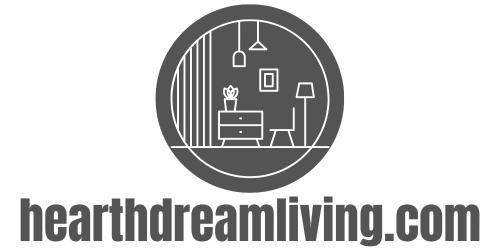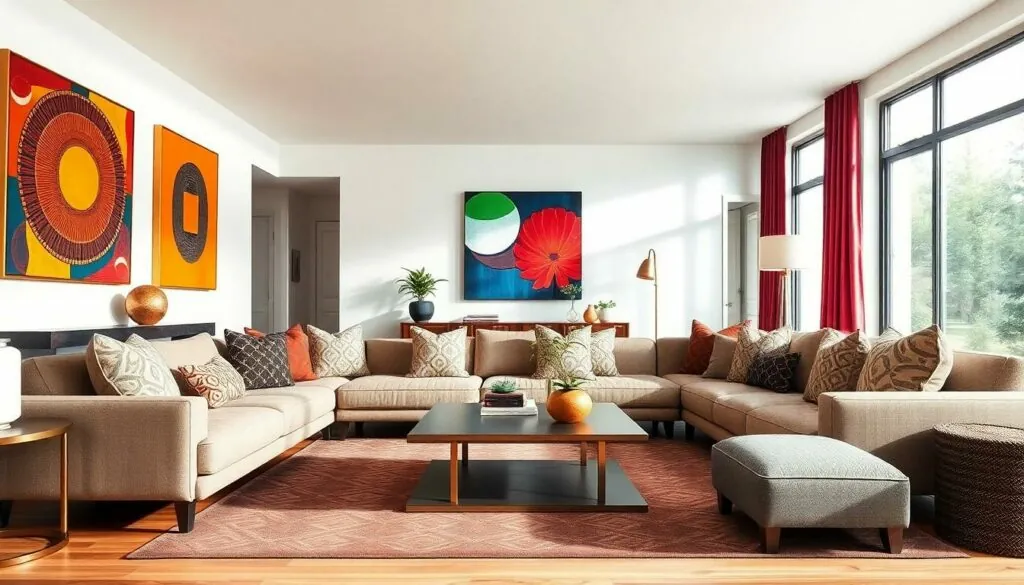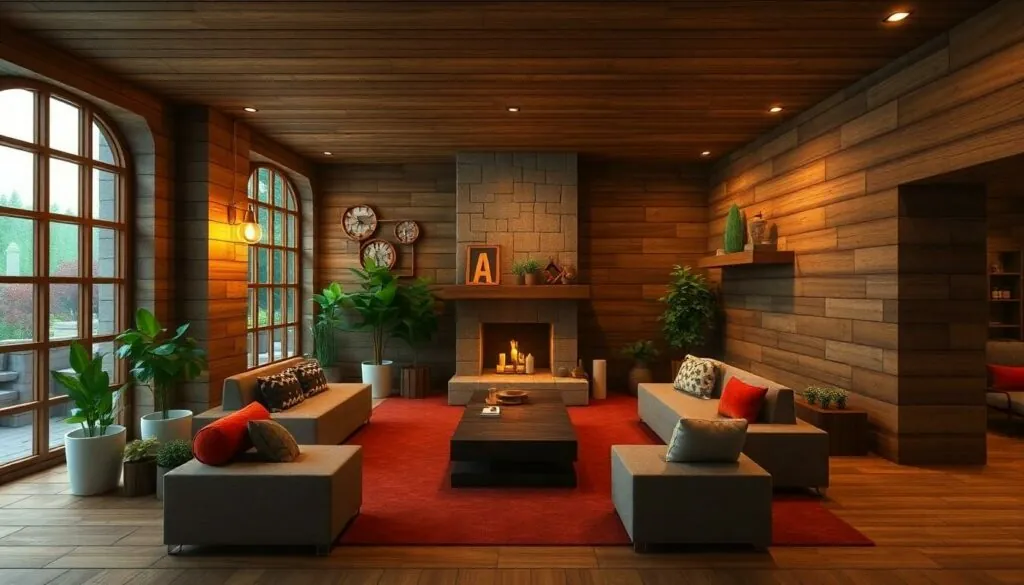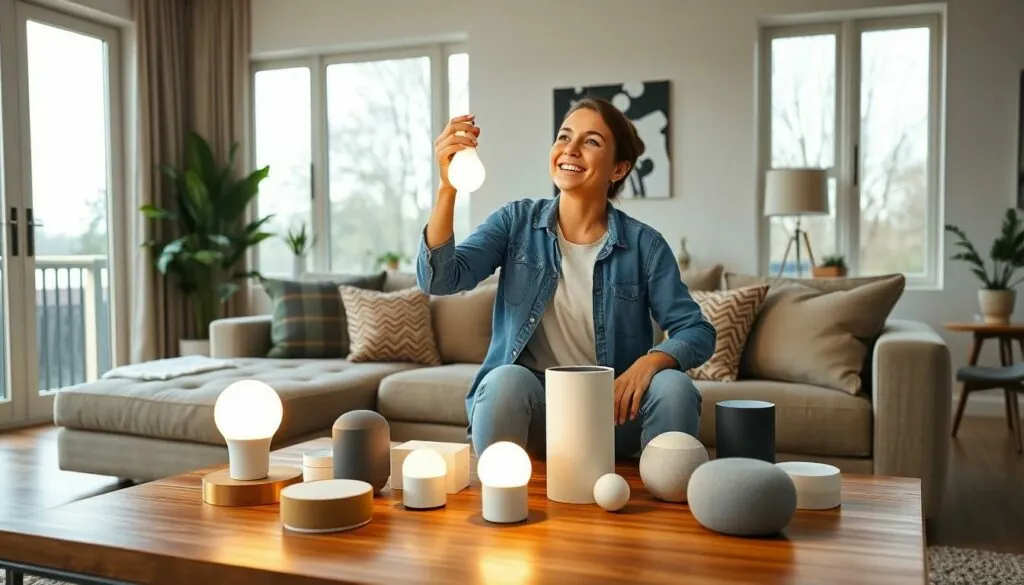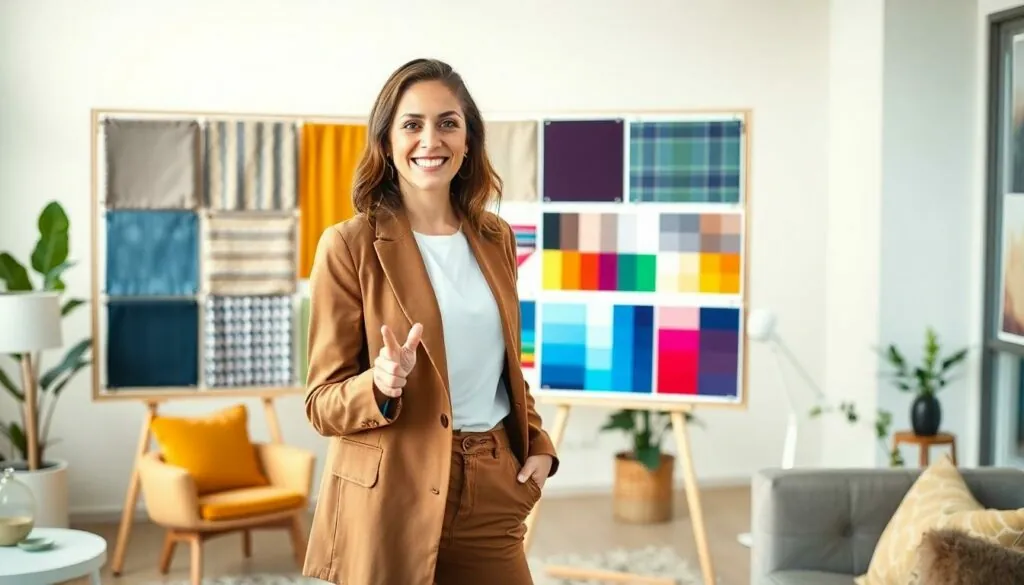In the world of interior design, rhythm isn’t just for musicians. It’s a powerful tool that can transform a dull space into a captivating sanctuary. Think of it as the heartbeat of your home, creating harmony through patterns, colors, and textures. When done right, rhythm pulls everything together, making even the smallest rooms feel like a grand symphony.
Table of Contents
ToggleUnderstanding Rhythm Interior Design
Rhythm in interior design acts like a musical heartbeat that enhances the ambiance. This concept unifies patterns, colors, and textures, creating captivating environments.
Definition and Concept
Rhythm interior design refers to the deliberate arrangement of elements in a space to create a sense of movement and flow. Designers achieve rhythm through repetition, contrast, and progression. Repetition involves using similar colors or patterns to establish harmony. Contrast highlights differences that catch the eye while maintaining cohesion. Progression uses varied sizes or shapes to guide the viewer’s attention. These techniques transform ordinary areas into engaging atmospheres.
Historical Background
The concept of rhythm can be traced back to ancient architecture and art, where balance and harmony were paramount. Designers in the early 20th century began to formalize the idea, with movements like Art Deco emphasizing geometric shapes and repeating patterns. Mid-century modern design further popularized rhythm by integrating organic forms and vibrant colors. Notably, influential designers like Frank Lloyd Wright and Le Corbusier incorporated rhythm to enhance spatial experiences. Today, rhythm continues to evolve, blending traditional elements with contemporary styles to create dynamic interiors.
Key Principles of Rhythm Interior Design
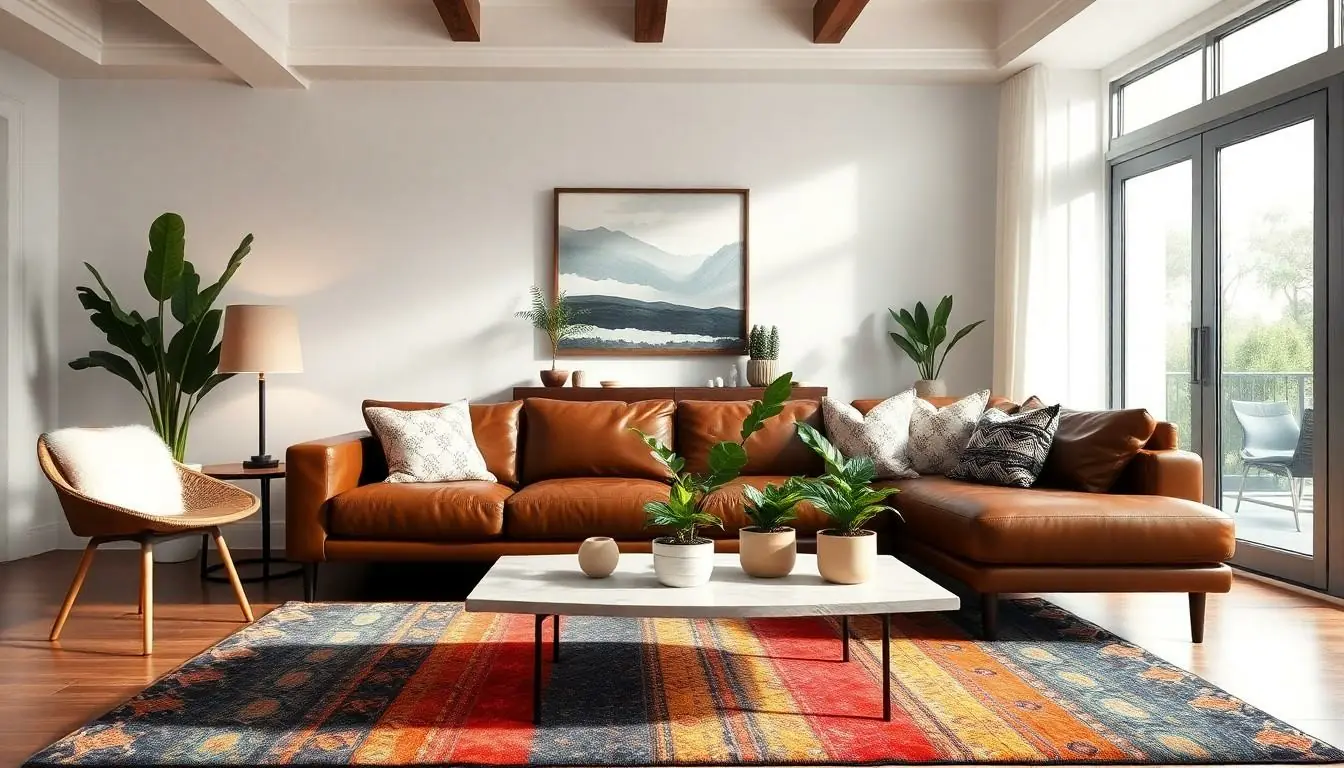

Rhythm plays a critical role in interior design, utilizing specific principles to maintain visual interest and harmony within a space. Three key concepts define this approach: repetition, progression, and contrast.
Repetition
Repetition emphasizes elements like colors, patterns, and shapes to create consistency throughout a room. Designers often incorporate repeated motifs across furnishings, textiles, and decor, enhancing a cohesive look. For example, using the same color for pillows and an area rug unifies the visual experience. Repetition fosters a sense of organization, making spaces feel more intentional and comfortable.
Progression
Progression involves the use of variation in size, shape, and color to guide the viewer’s eye through a space. By arranging objects in ascending or descending order, designers establish a clear visual pathway. For instance, varying height in plant arrangements creates an inviting focal point. This technique not only adds dimension but also enhances the flow of the room, encouraging exploration of its features.
Contrast
Contrast highlights differences among design elements, bringing attention to specific areas or features. By pairing light and dark colors, designers achieve a striking impact that energizes the space. Mixing various textures or materials can also create visual intrigue. A leather sofa contrasted with soft, woven throw pillows illustrates this principle, making each element stand out while contributing to an overall harmonious design.
Elements That Create Rhythm
Rhythm in interior design relies on various elements that create flow and movement within a space.
Color
Color significantly impacts the visual rhythm of a room. Repeated use of specific colors creates a harmonious atmosphere. For instance, a consistent color palette throughout a space can establish unity. Varying hues in a gradient can form a sense of progression, guiding the eye along walls or furniture. Accent colors, when used strategically, can draw attention to focal points and create contrast. Layering shades of similar colors can add depth, enhancing visual interest. Overall, thoughtful color application brings dynamic energy to interiors.
Patterns
Patterns contribute to rhythm by introducing visual texture and complexity. Repetition of prints, such as stripes or floral designs, can unify different areas within a room. Alternating bold and subtle patterns helps create a contrast that captures attention. Utilizing patterns on fabrics, wallpapers, and rugs establishes a cohesive look. Progression occurs when varying pattern sizes lead the eye from one element to another. Combining geometric shapes with organic patterns offers balance, creating a dialogue among design elements. Effective pattern use results in engaging, inviting spaces.
Shapes
Shapes form the foundational structure of rhythm in interior design. By repeating geometric or organic shapes, one creates a sense of order and flow. A consistent shape theme, such as circles in furniture and light fixtures, can unify a room’s design. Varying the size of shapes can guide the viewer’s journey through the space. Larger shapes often command attention, while smaller ones create detail and subtlety. Contrasting shapes, like sharp angles and soft curves, offer visual intrigue. Overall, shapes play a crucial role in establishing the rhythm and harmony of interiors.
Implementing Rhythm in Your Space
Incorporating rhythm effectively in interior design creates cohesive and engaging environments. Each space, whether residential or commercial, requires thoughtful integration of rhythm to enhance visual appeal.
Residential Settings
Rhythm enhances the comfort and style of residential spaces. Homeowners achieve this through consistent use of color palettes that harmonize throughout rooms. Patterns on fabrics, wallpapers, or rugs establish a flow, connecting various elements. Shapes also play a pivotal role, where furniture arrangement leads the eye seamlessly from one area to another. Implementing varied sizes in décor items fosters depth, inviting exploration. Creating rhythm reflects personal style while ensuring a welcoming atmosphere.
Commercial Spaces
In commercial settings, rhythm influences customer experience and staff productivity. Businesses utilize color schemes strategically to guide customers through the space. Patterns on surfaces, like walls or flooring, create a visual narrative that captures attention. Shapes in furniture and décor guide movement, enhancing space utilization. Commercial design thrives on varied scales, where different elements draw focus, stimulating engagement. Applying rhythm in these environments communicates brand identity and improves functionality.
